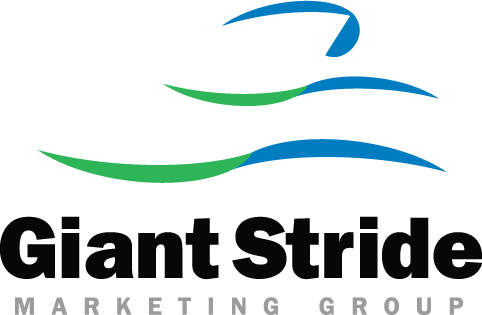Inside Sales: Inside or Outside?
Many of my clients are concerned with making their inside sales functions more effective. A good inside sales team makes a big difference at the top line – both by building qualified pipeline and closing deals. I wanted to dig into the question of what makes inside sales successful, so I reached out to my friend and former colleague André Anderson. André is a Solutions Architect at ConnectAndSell, a company that delivers live conversations on demand, using a combination of proprietary switching technology and virtual sales agents. He is former Director of Territory Development at Aruba Networks and currently acts as the Co-President of the Silicon Valley Chapter of the American Association of Inside Sales Professionals (AA-ISP).
Linda: I hear a lot of debate about whether to outsource inside sales or staff it internally. What are the arguments for each approach?
André: Yes, that debate goes on at many of the companies with which I work. Too many companies know that they need inside sales but don’t know how best to leverage it. I usually look at a fully outsourced inside sales function as a short-term solution. Why? Because outsourced teams can never be as good as internal teams at fully qualifying pipeline, and they can rarely close business. More frequently, companies get a mile-long trench of prospects that are an inch deep. In an ideal world, an inside sales team should work in tandem with an in-region [field] sales force to target accounts, find prospects who are ready to buy, and close small deals. Whether by winning new business with smaller customers or by servicing the installed base, inside sales can actually generate business at a fraction of the cost of a traditional in-region sales force. This cost advantage is why many companies in the Valley have deployed an inside sales model.
Linda: Besides providing a competency that isn’t available internally, where is an outsourced function useful?
André: Well, outsourced inside sales is probably more cost-effective if the company’s primary goals are contact validation and appointment setting. This might be the case with very complex products or products that are very early in the market and need a lot of evangelism. However, there are technologies that can cut down on the effort (and expense) required to find prospects who are ready to take an appointment. For example, lead scoring done by companies like Marketo helps to focus calling—whether done by internal or external resources. And my company, ConnectAndSell, takes a technology approach to the contact validation piece. Another place that I have seen successful outsourcing is for calling into a mature installed base. When a company has thousands of customers who may purchase less frequently, an outsourced team can provide the reach required to find the “low-hanging fruit”, all while having badge-carrying [in-sourced] reps focus on net-new account generation.
Linda: Is there room for a hybrid in-sourced/ outsourced approach?
André: Absolutely. For example, you may have an outside firm doing appointment setting while an inside sales team is doing more strategic selling, account profiling, driving people to focused sales events, or calling into the installed base. Or, the outside firm may take the installed base while inside sales is responsible for building pipeline for new business. The right approach is going to vary based on the nature of the company’s products and existing customer base.
Linda: Regardless of whether you in-source or outsource, what are some best practices for success?
André: Well, the first best practice is to pick your strategy and stick with it. Companies that move back and forth between building an internal team and outsourcing just don’t get as much lift from inside sales. Second, know what you’re looking for, know how you’re going to measure it, and understand how you will get a return on your company’s investment. Whether or not you outsource, you need to be clear about the value you are delivering to your sales organization. If you do decide to outsource, treat your telesales firm like an extension of your sales team. When I managed outsourced teams, I would make sure that:
The firm participated in weekly status calls
Had a “siloed” (limited permissions) view into our own CRM system
Used the same methodologies and nomenclature as our own sales force.
I would spend a minimum of five hours per week with the team so that I understood what was happening, could help them replicate the tactics that were working with my own reps, and kept them aligned with changes to my business. You cannot afford to let inside sales get off track. If you decide to bring inside sales in-house, find the right leader. This person should not only be able to architect a strong team but also tune that team’s strategy to the needs of the company. And it’s really important for the leader to create a very tight CRM discipline – and enforce that discipline at all times. Without CRM, it is very hard document the team’s impact on pipeline and closed business. With a fine-tuned process and methodology, the CRM becomes a mechanism by which you can “assembly line” best practices and apply them to corporate-based teams and third party agencies.
Linda: This has been a great discussion! I want to thank you for sharing your knowledge.
